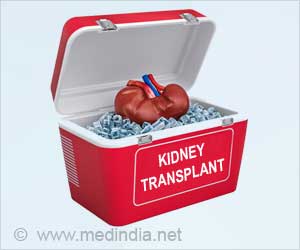“This mismatch between supply and demand of donor organs and the time-sensitive nature of kidney transplantation made us wonder whether better airline logistics infrastructure could help match that supply and demand,” said Dr. Guihua Wang, assistant professor of operations management in the Naveen Jindal School of Management and the study’s lead author.
‘A new airline route reduces donor organ discard rate by facilitating border organ sharing.’
In this study, researchers merged monthly air-carrier traffic information from the U.S. Bureau of Transportation Statistics and individual-level data for all U.S. kidney transplant candidates, donors and recipients from the United Network for Organ Sharing.
It was estimated that each new airline route led to a 7.3% increase in the number of kidneys sent to transplant centers across the U.S. They also found the increase in the number of kidneys sent between pairs of airports did not decrease the number of kidneys sent elsewhere.
These findings suggest that introducing new airline routes facilitates the sharing of organs across different regions and, therefore, helps match supply and demand.
One aspect of organ allocation policy is that it prioritizes proximity from the donor, due to the time-sensitive nature of transplantation. Most kidneys from deceased individuals are allocated to local recipients, and direct flights are ideal for long-distance sharing.
Though numerous policy initiatives are aimed at broadening organ pooling, they rarely account for the issue of efficient airline transportation. Without direct flights, transplant centers may be reluctant to accept kidney offers from farther locations.
Policymakers must consider airline connectivity between different regions, not just their distances, when designing new organ-sharing policies.
This study offers potential solutions for improving access to the logistical issues and contributing to a better understanding of the U.S. organ transplantation system.
It also provides an important empirical basis for policymakers to justify the mandates of maintaining the minimum required route service levels despite low passenger demand.
Source: Medindia



